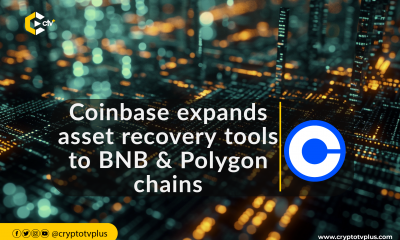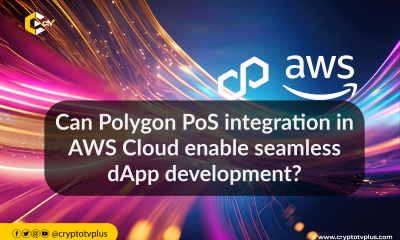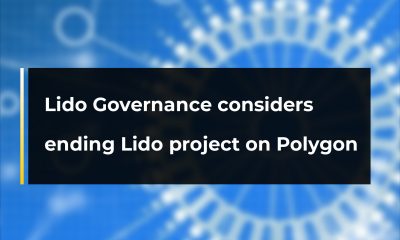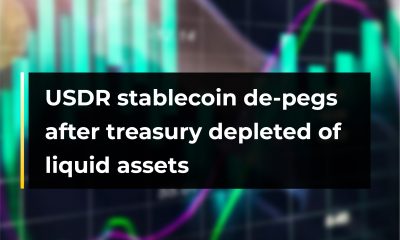News
Polygon to Start MATIC-to-POL Migration on Sept. 4
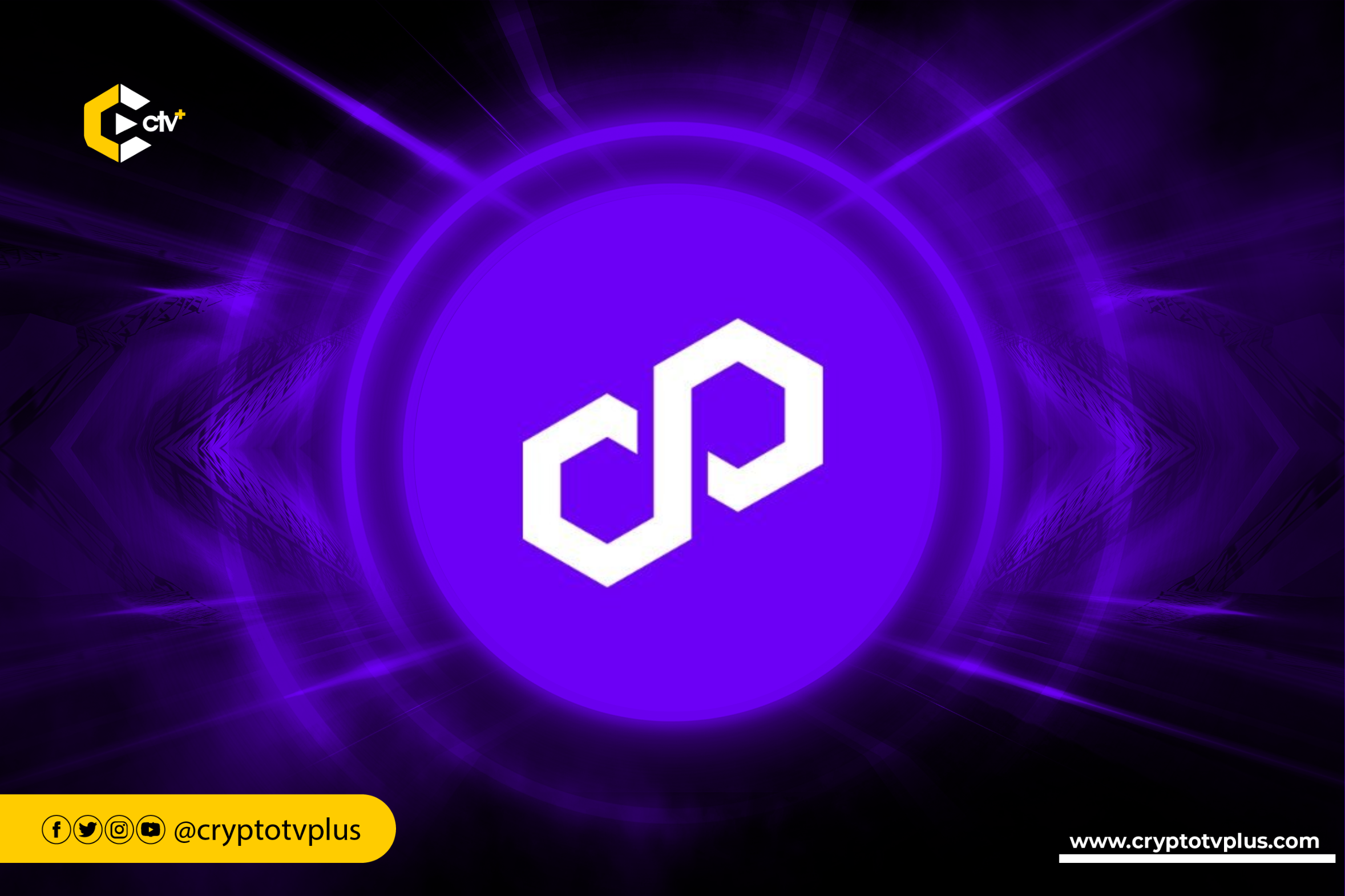
Polygon is set to rebrand its native token from MATIC to POL, with the change taking effect on September 4th. This move is part of a major upgrade aimed at improving the utility and efficiency of the Polygon network. POL will become the primary token for gas fees and staking on the Polygon proof-of-stake (PoS) network.
Holders of MATIC on the Polygon network will not need to take any action during this transition, as their tokens will automatically convert to POL. However, users holding MATIC on Ethereum or centralized exchanges may need to follow specific migration steps to ensure they can continue participating in the upgraded ecosystem.
The rebranding to POL is aligned with the broader vision of Polygon 2.0, which aims to evolve the network into a more interconnected system of layer-2 solutions. The new token is designed to support expanded roles within the ecosystem, including governance and participation in various network activities.
Polygon, originally known as Matic Network, was founded in 2017 by Sandeep Nailwal, Jaynti Kanani, Anurag Arjun, and Mihailo Bjelic, all software engineers based in Mumbai. The project aimed to address Ethereum’s scalability issues by creating a sidechain that could support decentralized applications (dApps), DeFi smart contracts, and NFTs with lower transaction fees.
The Matic mainnet officially launched on March 30, 2020, and quickly became a popular scaling solution for Ethereum. In early 2021, the Matic team decided to rebrand the project as Polygon to reflect its broader ambitions. The new name signifies its goal of building a comprehensive ecosystem of interconnected blockchains, not just a single sidechain.
Despite the name change, the native token retained the name MATIC, which is used for transaction fees and staking within the network.
Polygon has since expanded its offerings, incorporating various technologies like zk-rollups and plasma chains, allowing developers to create scalable and efficient applications.
The platform has attracted numerous projects and developers due to its compatibility with Ethereum and its focus on enhancing user experience.
One of the most significant updates to the Polygon network is the AggLayer. AggLayer is designed to improve how different blockchain networks work together and handle large amounts of data. It acts as an Aggregation Layer, making it easier for different Layer 1 and Layer 2 blockchains to communicate and interact smoothly.
The main goal of AggLayer is to combine the strengths of different blockchain setups—like control and scalability—with the benefits of a unified system, such as shared liquidity and a consistent user experience.
It also brings together zero-knowledge (ZK) proofs from connected blockchains, ensuring secure and almost instant cross-chain transactions. AggLayer connects various parts of the Polygon network, including the Polygon PoS Chain, Polygon SDK, Polygon Avail, Polygon Nightfall, and Polygon Zero.
Once the migration from MATIC is completed, all of these advantages will be made available for users and developers on the Polygon network.





